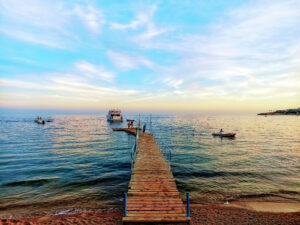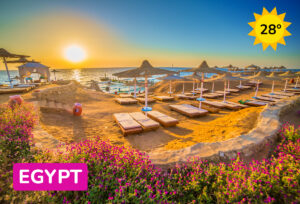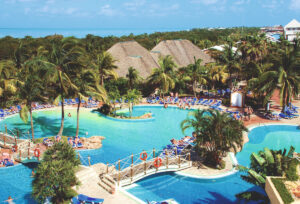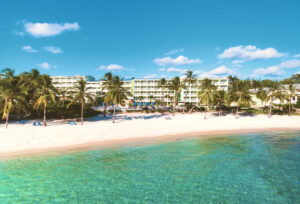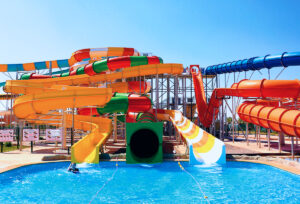Crete accounts for a generous wedge of Greece’s annual tourist traffic, attracting a quarter of the country’s visitors and can often feel more like a small country in its own right. Holidays to Crete are packed with too many possibilities to cover in a single visit, whether you’re looking for beautiful beaches, mountain hikes or cultural excursions on the trail of ancient Minoan cities like Knossos, you should find plenty to tempt you back. Here’s a look at the contrasting regions of Crete you could visit while you’re here…
Northern Crete
In general the Northern coast of the island is considerably more developed and commercial than the south, but this is one Greek Island that’s still big enough to find hidden nooks that are relatively under-exposed.
The busy resort of Malia is fairly thronging with lively music bars and clubs popular with twentysomethings seeking a week of excess on a budget.
The harbour town of Chania plenty of nightlife too, especially around Souda Bay, but it’s also blessed with a good selection of authentic and cosmopolitan restaurants and an Old Town with some splendid Venetian architecture. The Rethymnon area offers up a mix of upscale resorts and more traditional fishing harbours, and long stretches of picturesque beaches which are less crowded than most in the north.
Agios Nikolaos in the Gulf of Mirabellois worth exploring too. Set on a sunken lagoon, it’s a noticeably restrained resort with Italian influences that’s retained its character, where you can enjoy a dish of the slow-roast speciality Lamb Kleftico in one of many excellent tavernas.
Southern Crete
The southern coast is a world away from the mass tourism of its northerly neighbours, with craggy mountains and towering cliffs which protect the area around Sfakia in particular, while the coral-coloured sands of Elefonisi Beach rightly rank it among Greece’s best beaches.
One of Southern Crete’s most spectacular natural assets, the Samaria Gorge and Biosphere Reserve, is an easy bus ride from Chania. The 15 kilometre walk down ‘the wooden staircase’ here rewards walkers with spectacular views, ending up at the village of Agia Roumeli where a modest cluster of cafes and restaurants await you in a sheltered bay alive with wild flora and fauna.
Being relatively hard to reach and set among dense olive groves, the unhurried beach refuge of Triopetra is a prized place for those seeking solitude on yoga breaks. It’s justly famous for its coarse sand, dramatic caves and rocky outcrops – and for its stunning sunsets.
Crete is blessed with one of Greece’s mildest climates, with the north on a par with the rest of the eastern Mediterranean. Southern Crete enjoys even more sun, with the season here stretching towards the end of October. Sea waters are warm in July and August, but be prepared to bathe in Saharan-style heat (it’s hot enough here for migrating swallows to abandon their annual African migration) and ‘the meltémi’, the northerly wind which regularly blasts beaches.
You may also like
Crete holidaysholidays to greece
